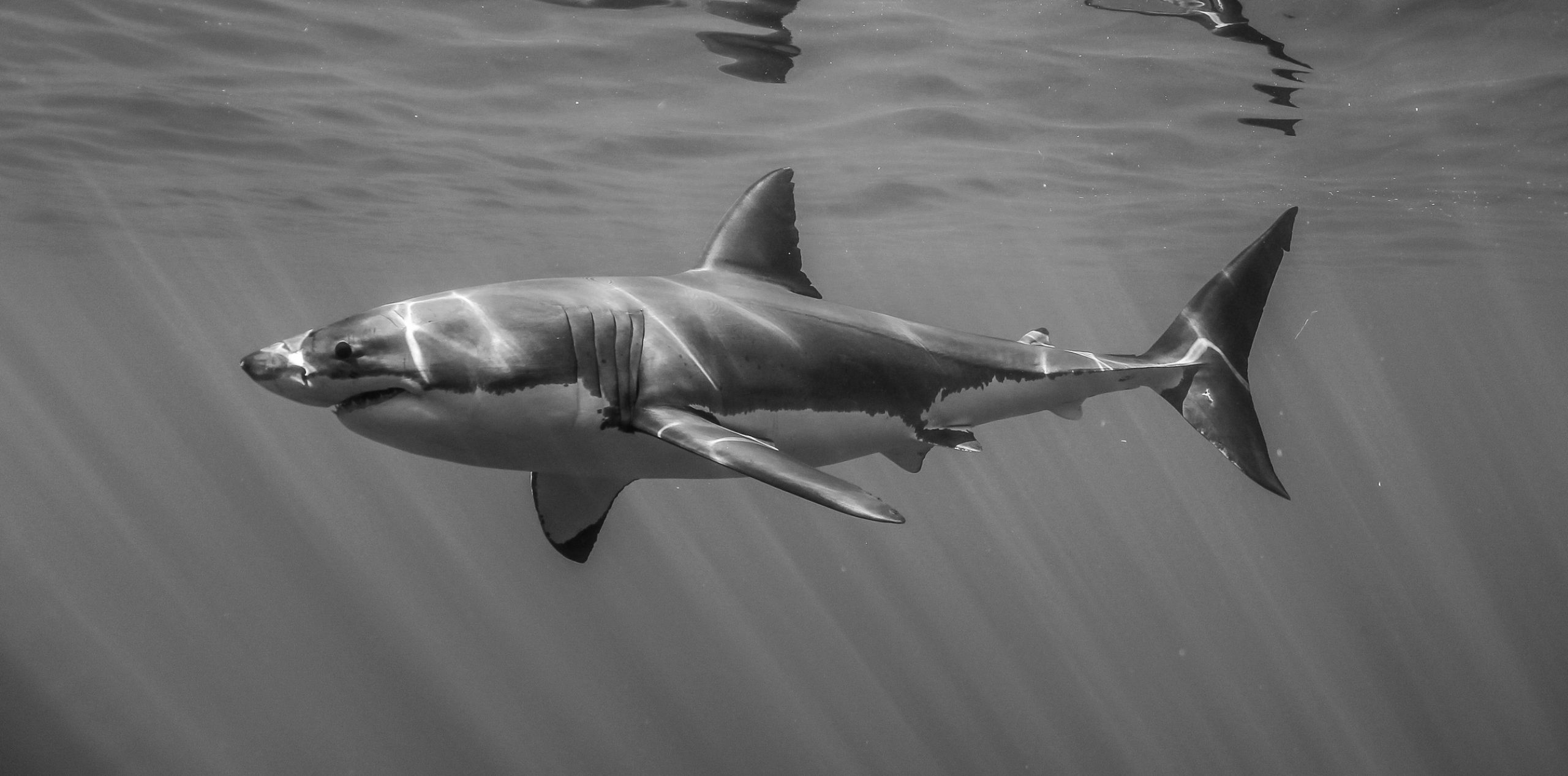 Freediving Safety Note…
Freediving Safety Note…
Freediving is an incredible activity, however I strongly encourage anyone who is interested in pursuing freediving to read as much information on the subject as possible and to partake in an accredited training course, see links below.
DeeperBlue
Britishfreediving
The following book is also recommended: Manual of freediving, Underwater on a Single Breath by U. Pelizzari and S. Tovaglieri, 2001.
A History of Freediving
Freediving is a technique used during various aquatic activities such as spearfishing, underwater photography, underwater hockey etc. as well as a separate discipline in its own right. There are two categories of freediving (i) competitive and (ii) recreational.
(i) Competitive freediving is currently governed by 2 world associations AIDA International and CMAS.
These recognise 3 official pool disciplines (static apnea, dynamic apnea with fins, dynamic apnea without fins) and 6 official depth disciplines (constant weight, constant weight apnea with fins, constant weight apnea without fins, free immersion apnea, variable weight apnea, no limits apnea, the jump blue)
(ii) Recreational freediving
Trying to define recreational freediving is not easy; there are no categories as with the competitive discipline. Instead and for myself included, it is a way to connect with the Ocean and yourself, but at the same time to let go, relax and be free.
The first evidence of freediving was found by palaeontologists on the coast of the Baltic Sea, where fossilised remains of bottom dwelling shellfish were discovered close to settlements dating back 10,000 years. Further evidence has suggested that all of the cultures bordering the Mediterranean basin practiced freediving to obtain food, mother of pearl from certain shells to fashion ornaments, and even coloured dyes for garments (obtained from certain species of gastropods).
Throughout Greek mythology there are tales of men and women achieving impressive underwater feats during times of historical significance or conflict. For example: During the Greco-Persian war the Greek historian Erodoto tells of the fisherman Scylla and his daughter Cyana, who swam underwater at night in 480BC to cut the mooring and anchorage lines of the Persian fleet that had Athens under siege. The ships were then driven onto the rocks by the Northerly winds.
Aristotle wrote about the sub-aquatic Grecians destroying the barricades to the port of Tyre.
During the Roman epoch of the 4th Century BC, a force of genuine sub-aquatic commandos was created; they had numerous tasks such as retrieving anchors and dismantling underwater barricades.
Cleopatra the last Queen of Egypt (69-30 BC) used divers to play a practical joke on Marco Antonio who was “addicted” to fishing, by placing a petrified fish onto Marco Antonio’s hook!
The historian Tito Livio (59 BC-17 AD) testified that during the reign of the Macedonian King Perseus (212-166 BC), underwater divers recovered incredible treasures from underwater ship wrecks.
Many of these ancient freediving practices are still carried out today at all latitudes: you only have to look at the Greek sponge divers, the Polynesian fisherman, or the pearl divers of India, Yemen and the Persian Gulf.
Exceptional even today, are the practices of the Japanese and Korean Ama, who have earned their living with the same technique of fishing for over 2,000 years. All are women, divided into 3 ranks defined by age and underwater capacity. Between 17 and 50 years old, they swim an average 8-10 hours a day in water that barely exceeds 10°C wearing only a loincloth. They used to catch pearl-yielding oysters; but now they also gather crustaceans and molluscs.
Mammalian Dive Reflex
At a glance freediving involves taking a deep breath and swimming down from the surface; however the reality involves a complex series of physiological responses which stem from the mammalian dive reflex (MDR).
The MDR serves to optimize respiration allowing mammals to stay underwater for a long time. It is strongly exhibited in aquatic mammals such as whales and dolphins etc, but is also apparent in mammals who are to some extent primarily land based, e.g.: humans and diving birds.
The MDR is triggered by contact with water <21°C and the following responses occur:
- Bradycardia, or the slowing of the heart rate, is the first response. In humans the heart rate slows by 10-25%. In seals undergoing an extended dive the heart rate can reduce from around 125 beats per minute to just 10bpm! Bradycardia conserves oxygen by lessening the amount in the bloodstream.
- Peripheral vasoconstriction occurs next. This occurs under high pressure during deep dives. Capillaries in the extremities close off so that blood circulation is focussed primarily on the vital organs. As oxygen can be stored in muscle tissue, it is possible for them to continue working long after the capillary blood supply has been stopped.
- Blood shift occurs only during very deep dives at high pressure. Plasma / water passes throughout the thoracic cavity, allowing pressures to stay constant and preventing the crushing of organs. The alveoli in the lungs fill with blood plasma, which is re-absorbed after leaving the high pressure environment. This has been observed in humans during freedives to >300 ft (>91m).

